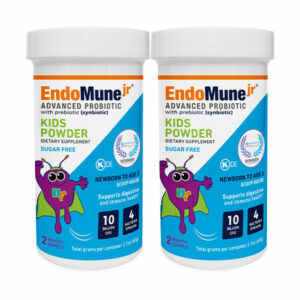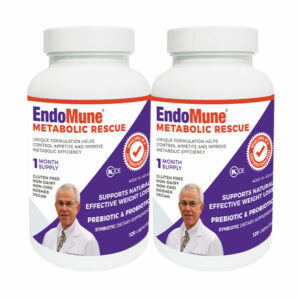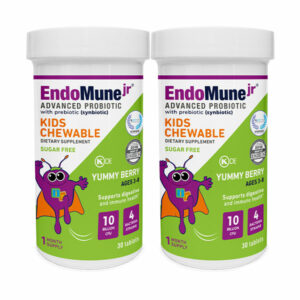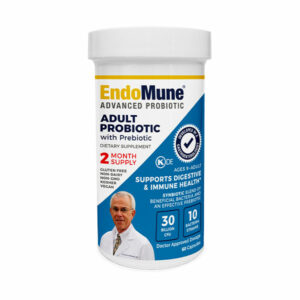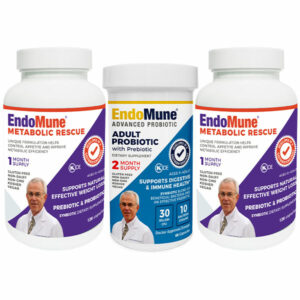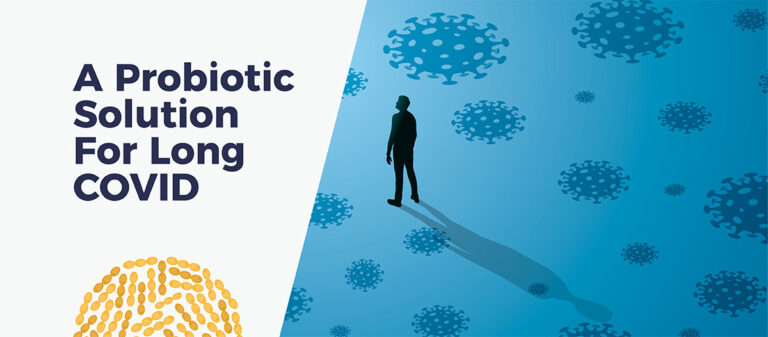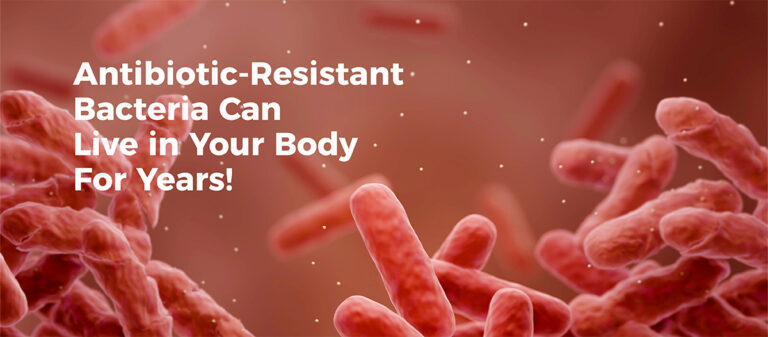Digest This
Click on the topics below to learn how probiotics can improve your digestive health, naturally.

A Healthy Gut May Protect Your Liver
- @drHoberman
- Healthy Aging, Mental Health
We’ve talked a lot about how the gut is so hard-wired to the body that it governs many aspects of your health behind the scenes, from the inner workings of your brain to getting a healthy night’s sleep.
Your gut microbiome may also play an important role in spotting early warning signs of nonalcoholic fatty liver disease (NAFLD), the most common form of chronic liver disease harming patients who build up too much fat in their liver, according to research in Nature Medicine.
Not only does NAFLD affect people in their middle years (especially those with a higher risk of metabolic syndrome), it is the most common form of liver disease found in children, according to the American Liver Foundation.
The most common problem with NAFLD, according to the Mayo Clinic, is cirrhosis, usually in response to inflammation due to nonalcoholic steatohepatitis (a syndrome that promotes liver damage not associated with alcoholism but is indistinguishable from it).
Over time, some 20 percent of patients who are diagnosed with nonalcoholic steatohepatitis will fight cirrhosis.
The reason this discovery by European researchers led by Imperial College London is so very important: NAFLD has few external signs, apart from fatigue, abdominal pain and an enlarged liver. But, sometimes, there’s no signs at all.
Unless blood work or an ultrasound is recommended by a physician, this disease may not be detected until damage to the liver is significant.
European researchers led by Imperial College London found this gut health link by comparing biological data from 100 obese women with fatty livers (including fecal, blood and urine samples and liver biopsies) to those taken from healthy patients.
Scientists involved in the research identified a compound produced by gut bacteria — phenylacetic acid (PAA) — that breaks down amino acids for food and could be used down the road by doctors to screen patients in blood tests for NAFLD.
Not only do high PAA levels signal more fat accumulating in the liver, subtle drops in genetic gut health diversity begin to occur.
As NAFLD becomes more advanced, the number of genes encoded by gut bacteria lessen, thus the composition and diversity of the gut drops too.
That’s not surprising, considering metabolic syndrome — the cluster of conditions fueled by obesity and high-fat diets that boost your risk of cardiovascular issues like stroke and heart disease — harms your gut by creating problems that alter your gut bacteria and produce inflammation in your intestine.
More studies are needed to determine how and why PAA may be linked to NAFLD and its relation to gut bacteria imbalances.
In the meantime, if you’ve been fighting a losing battle with metabolic syndrome, experiencing trouble losing weight and are concerned about the damage being done to your gut, you’re in luck.
EndoMune Metabolic Rescue and its unique blend of Bifidobacterium lactis and the prebiotic XOS work in tandem to restore the balance of bacteria in your gut and give your body the boost it needs to promote weight loss in an effective and healthy way.
There Is An Endomune Probiotic For Every Lifestyle
-
EndoMune Metabolic Rescue
$44.95 -
EndoMune Advanced Probiotic
$42.95 -
EndoMune Companion Pack
$112.93

